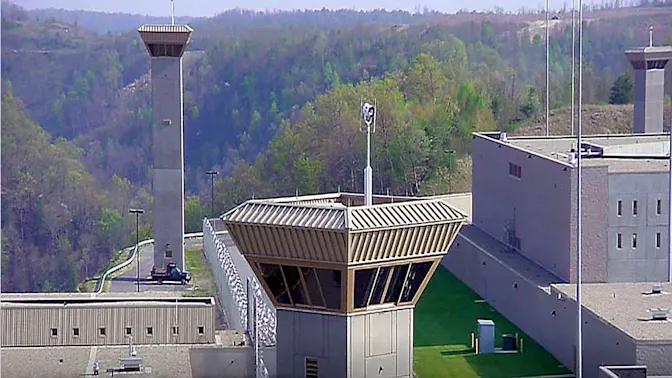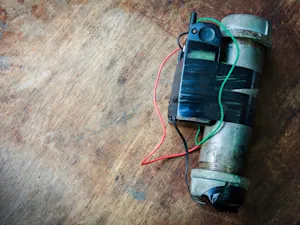
Why Does the US Have So Many Prisons?
Prisons serve as long-term facilities designed to confine individuals convicted of serious crimes. Depending on the type of crime and where it's committed, criminals face charges at either the state or federal level, which determines the court where their trial will be and where they will serve their time. But even within those two jurisdictions, there are different types of institutions, each tailored to the severity and nature of the offenses. Join us as we explore the different types of prisons in the United States.
State Prisons
State prisons house offenders convicted of state crimes like homicide, arson, DUI, drug possession, or assault. Each state has unique legislation governing its prison system, leading to significant differences in approaches to sentence length and associated fines, probation release rates, and capital punishment.
Federal Prisons
Federal prisons detain individuals charged with federal crimes such as drug trafficking, identity theft, child pornography, and tax fraud. The 122 federal prisons across the nation operate under five levels of security, determined by factors like criminal history, mental health, and family proximity.
 Gilmer Federal Correctional Institution, a medium-security prison in West Virginia. Photo courtesy of Federal Bureau of Prisons.
Gilmer Federal Correctional Institution, a medium-security prison in West Virginia. Photo courtesy of Federal Bureau of Prisons.
Security Levels
-
Minimum-Security: Often called Federal Prison Camps (FPCs), these facilities house non-violent offenders with mostly clean records. Often resembling college campuses, FPCs have minimal or no perimeter fencing and the lowest staff-to-inmate ratio. Many also have programs that allow inmates to work off-site.
-
Low-Security: Low-security Federal Correctional Institutions (FCIs), feature mostly dormitory or cubical style housing with double-fenced perimeters and a higher staff-to-inmate ratio than minimum-security prisons. FCIs are heavily focused on work and program components and are suitable for offenders with less than 20 years remaining on their sentences.
-
Medium-Security: Medium-security FCIs house more violent offenders, featuring cell-based housing with double perimeter fencing and electronic detection systems. These prisons have a large variety of work and treatment programs, stricter inmate controls, and a higher staff-to-inmate ratio than low-security FCIs.
-
High-Security: High-security prisons or United States Penitentiaries (USPs) provide the closest control of inmate movement with single-occupant and multiple-occupants cell housing. Parameters are often secured with walls, reinforced fencing, and advanced detection systems. USPs also boast the highest staff-to-inmate ratio.
-
Administrative: Designed for inmates with special considerations, administrative prisons cater to the chronically ill, extremely dangerous, or high-escape risk individuals. One notable administrative prison is the Administrative Maximum Security Penitentiary (ADX) in Colorado, the nation's only super-maximum-security prison, which provides extreme security measures for the country's most dangerous offenders.
 Big Sandy United States Penitentiary, a high-security prison in Kentucky. Photo courtesy of Federal Bureau of Prisons.
Big Sandy United States Penitentiary, a high-security prison in Kentucky. Photo courtesy of Federal Bureau of Prisons.
Private Prisons
In cases of inadequate government prison capacity, private firms operate prisons on behalf of local, state, and federal governments. Private prisons are highly debated, with opponents fearing that profit-driven motives may compromise inmate rehabilitation, while supporters see private prisons as alternatives for states with tight budgets.
As we finish our exploration of the several types of prisons, it's clear that the United States has a nuanced approach to incarceration. From state to federal and minimum-security to max, these prisons reflect society's ongoing efforts to balance punishment, rehabilitation, and public safety.
References: About Our Facilities | Breaking Down the Different Types of Prisons in America | What's the Difference Between Federal and State Prisons?























